Copper powers our lives. It is the first metal manipulated by humans and it remains in most materials we come across today.
Copper’s malleability and high conductivity of heat and electricity are the main reasons for its wide use in technology. Approximately 75% of copper production is allocated to making of electrical wires, telecommunication cables, and electronics. Copper is critical to the global transition to renewable sources of energy and electrified transportation.
By 2050, renewable energy may generate 73% of the world’s power(1) from solar photovoltaic panels and high-megawatt wind farms. Wind installations require from 3.5 to 10.5 tons of copper per megawatt (on-shore vs off-shore installations), solar installations contain approximately 5.5 tons of copper per megawatt, and copper wiring and cabling connects these power generating installations with energy storage devices(2).
Copper is essential to the manufacture and use of electric vehicles (EVs). Most automakers offer EV models, with affordability improving as production quantities increase. Governments provide incentives to EV ownership and have introduced regulations restricting manufacture and sales of internal combustion engine vehicles (ICEs). EVs contain almost 4 times the amount of copper than ICE vehicles (183 lbs vs 43 lbs, respectively)(2), and the rapidly expanding charging infrastructure will require significant copper usage.
Copper has application in the medical field, as it has anti-microbial properties and kills bacteria, viruses and yeasts on contact. Copper alloys and applications are being commercialized for high touch surfaces such as transit systems, hospitals and airports . Copper can be woven into fabrics to make anti-microbial garments. Embedding copper into fabrics may provide continuous protection against transmission of viruses, such as COVID-19, and other pathogens, improving the effectiveness of face makes and other personal protection equipment(4).
Sources:
(1) McKinsey Energy Insights’ Global Energy Perspective, January 2019
(2) Copper Development Association
(3) American Society for Microbiology – Applied and Environmental Microbiology
(4) University of Toronto
WHY CHILE?
Chile is the world’s largest copper producer with geologically the largest copper endowment, accounting for nearly 25% of global supply, and is consistently ranked as one of the most stable and mining-friendly jurisdictions in Latin America.
With a deep-rooted mining culture, world-class infrastructure, and a skilled workforce, Chile offers a low-risk environment for copper development.
Camino’s Puquios Project is located in northern Chile with access to ports by highways and paved roads, power, and processing infrastructure. The project benefits from Camino’s 50/50 Joint Venture partner, Nittetsu Mining Co., Ltd, who operates the Atacama Kozan copper mine in the same district, and an RCA permit in place, enabling a rapid route to development.
As global demand for copper accelerates in the energy transition, Chile’s vast copper endowment and established regulatory framework make it a leading jurisdiction for mining investment.
WHY PERU?
Peru is a global leader in the mining industry. The country hosts the world’s second-largest silver reserves, third-largest copper reserves, and is one of the top producers of other precious and base metals, such as gold, nickel, and zinc. Vast areas of the country are yet to be explored, with potential for significant new discoveries. Peru is the second largest producer of Copper in the world.
In recent years, Peru has achieved sustained economic stability, with an average 6% GDP growth, a stable exchange rate, and low inflation. Its commitment to effective investment protections has made Peru an attractive mining jurisdiction. Peru’s Ministry of Energy and Mining estimates that investments for the coming years in exploration and mining expansions could exceed US$51 billion.(1)
Continued growth in copper production was supported by Peru’s government plan to double its copper output, as well as the government’s “Vision of Mining in Peru to 2030” that focuses on further enabling and supporting exploration efforts. The country continues to focus on developing its infrastructure, promoting sustainability, and encouraging technological innovation throughout the value chain.
Sources:
(1) Ministerio de Energia y Minos
ENVIRONMENTAL AND SOCIAL GOVERNANCE

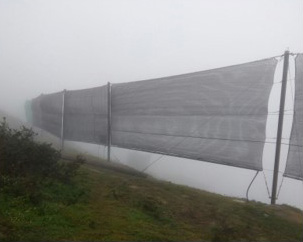
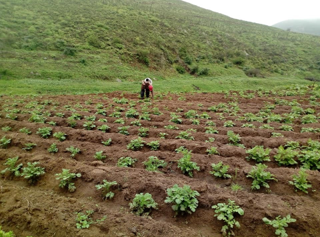
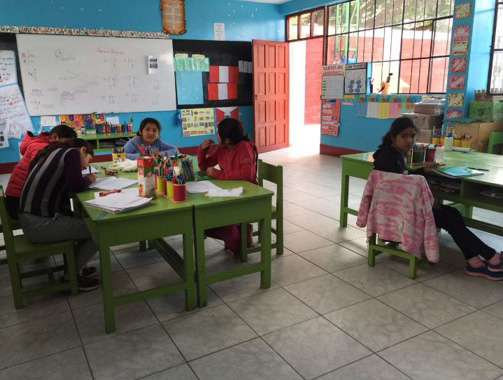
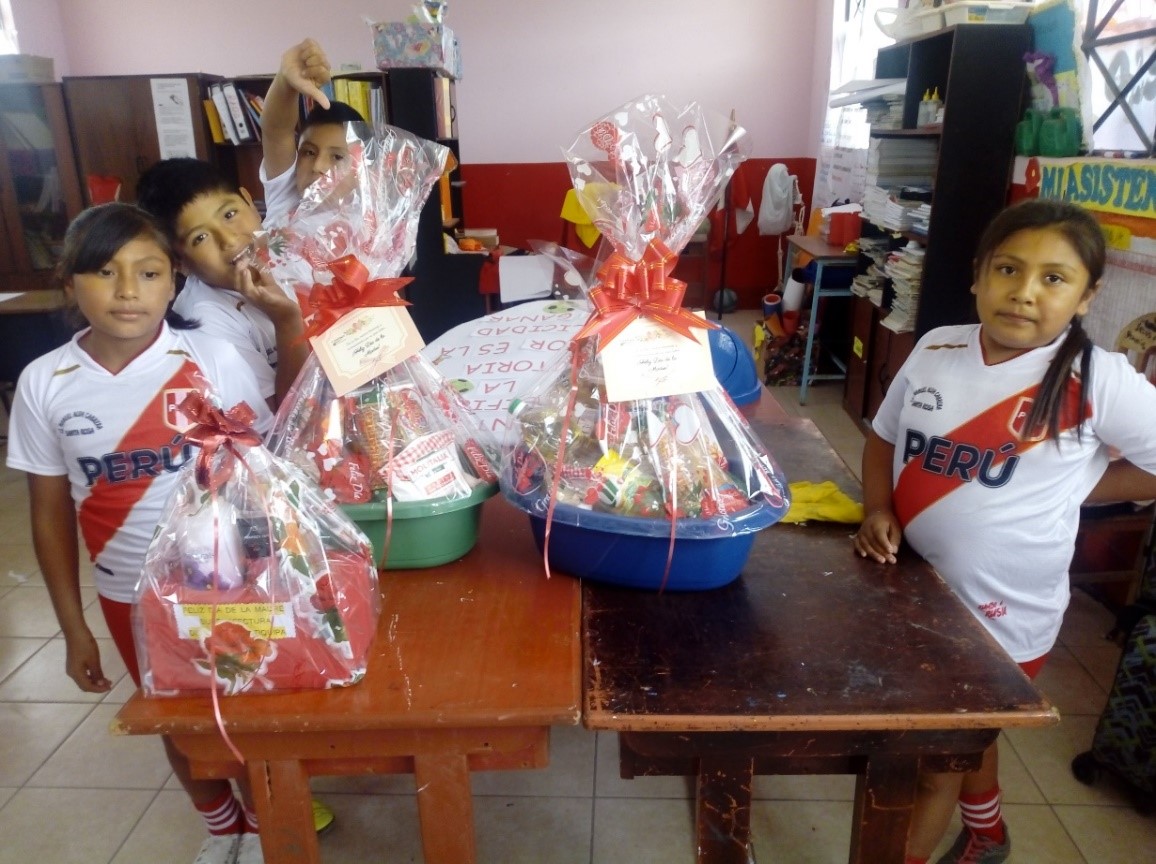

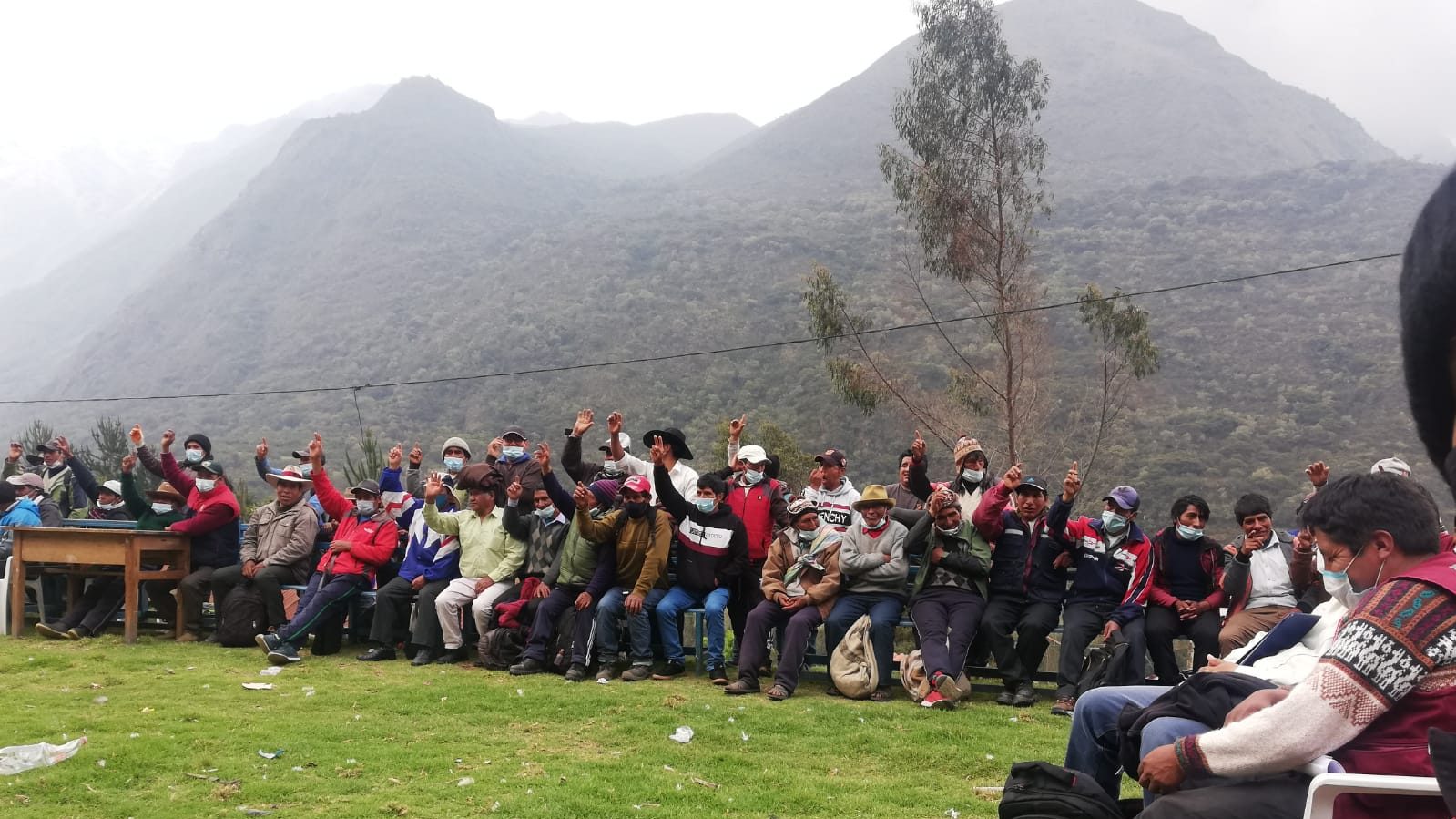

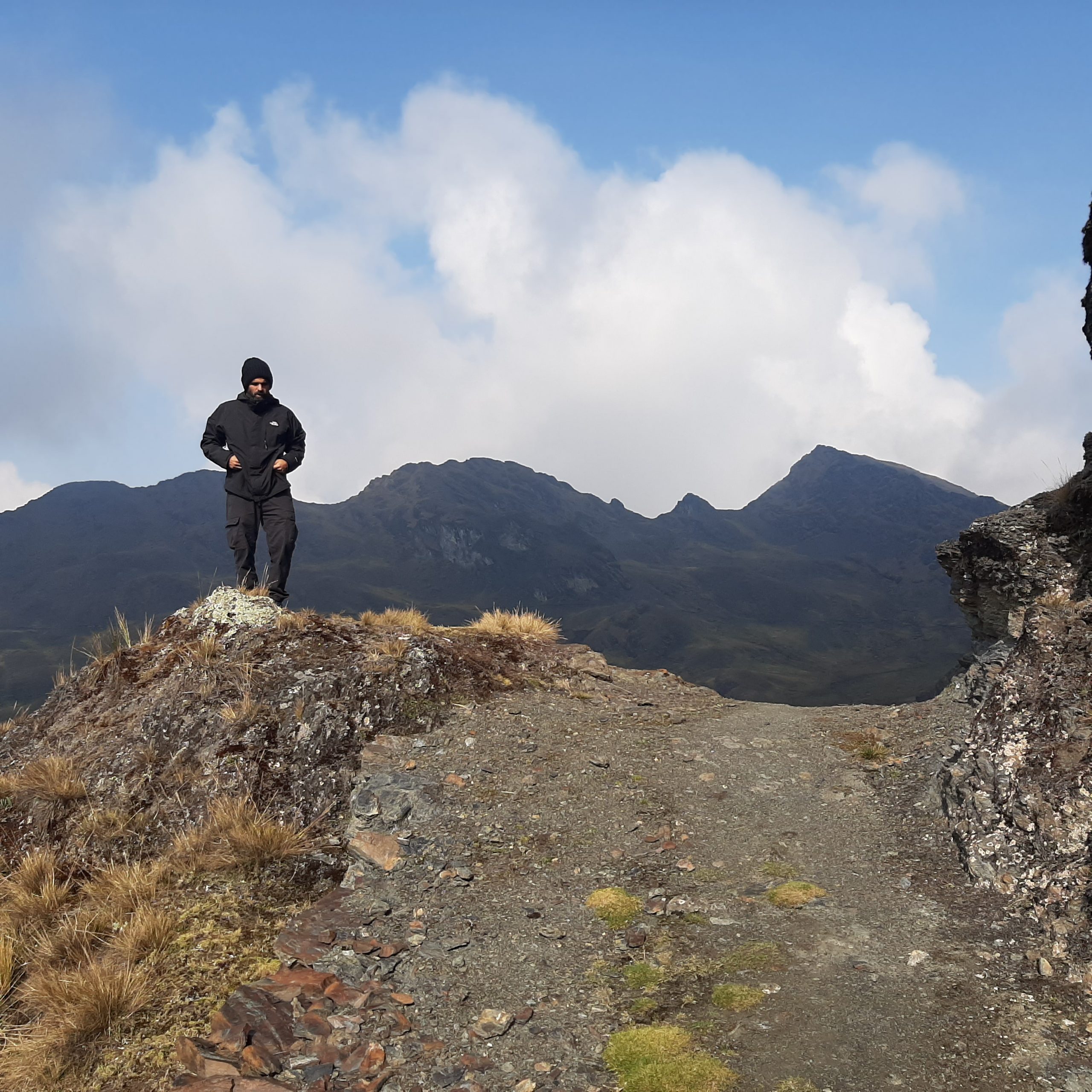
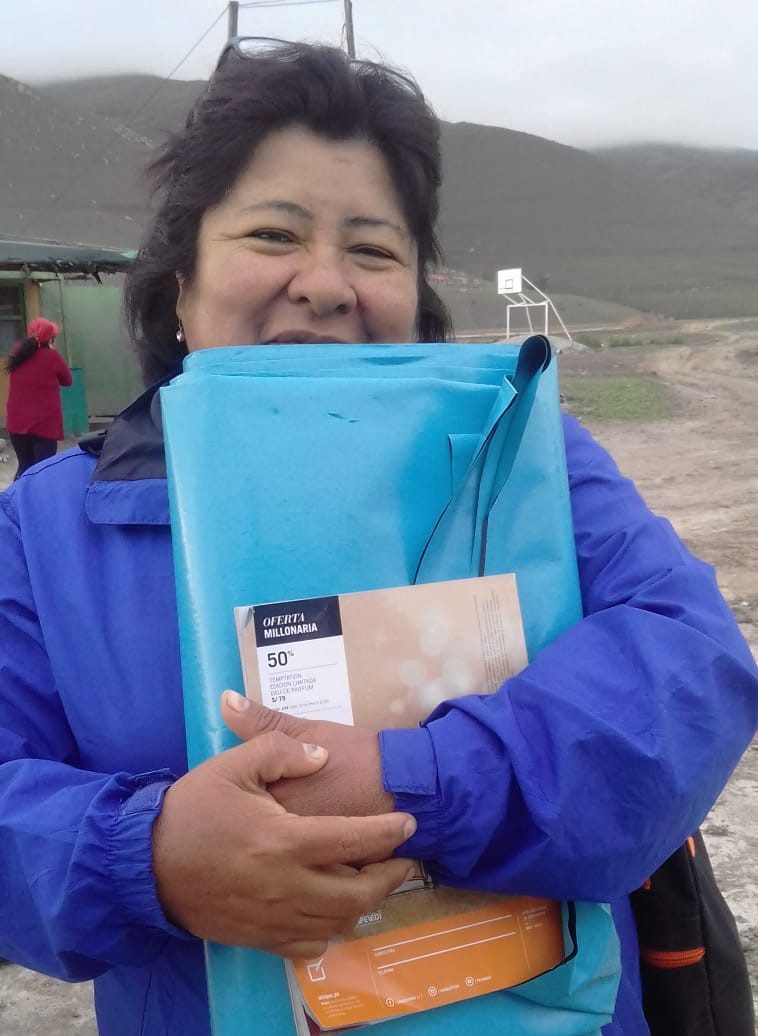
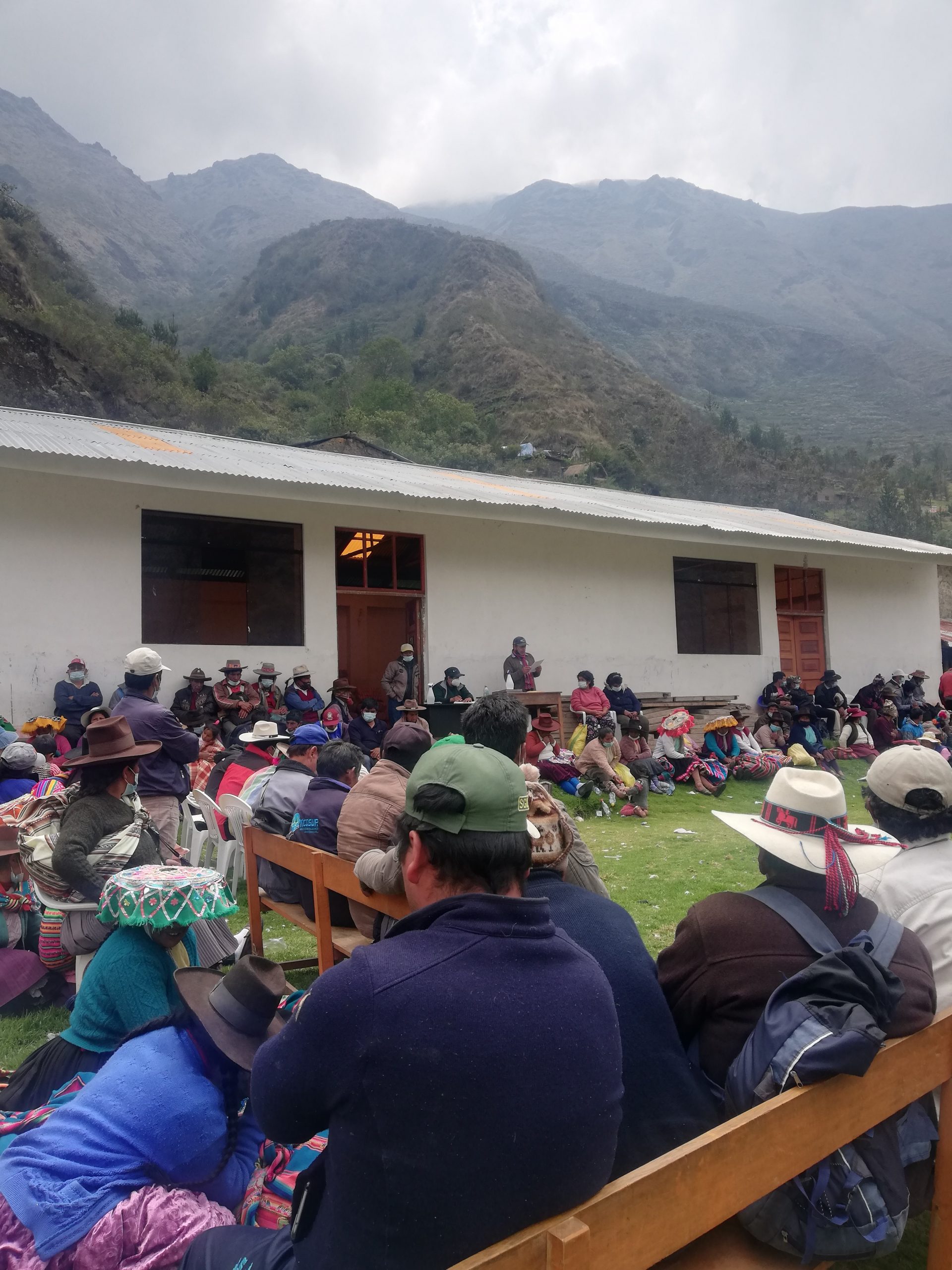
ESG ACCOUNTABILITY
The annual submission requires thorough evidence-backed disclosure of the company’s environmental and social practices and is reviewed and approved by the Board of Directors. This reporting process allows Camino’s management to review, assess, and improve its ESG strategy and its implementation.
Digbee – https://thedigbee.com/esg – is a new mining-focused expert network and ESG disclosure platform with a goal to provide improved disclosure and better access to capital markets for mining companies involved with strong ESG practices. Digbee has been endorsed by leading financial firms who support the Digbee ESG initiative such as Blackrock, BMO, and Dundee Corporation. Digbee’s reporting framework is aligned with global standards, including the Equator Principles, which provide a framework for financial institutions to assess environmental and social risks in projects. Digbee’s ESG framework currently maps to the following Global Standards:


Because we do care.
ENVIRONMENTAL RESPONSIBILITY
Camino believes that copper is an enabling metal that is required for the production of sustainable energy from renewable sources such as wind and solar and the distribution of that energy. Due to its conductive properties, copper is also important in electronics such as lithium batteries and electric vehicles. We think that our efforts to support a growing copper market is enabling a greener and more sustainable electrified global economy.
Camino Corp. is committed to ethical environmental management, mitigating potential impact of exploration activities, and delivering positive outcomes for the local environment and communities. We aim to meet or exceed local environmental laws and regulations and hold ourselves to the highest standards of environmental compliance worldwide.
COMMUNITY OUTREACH
Creating new opportunities and developing new projects that can improve social development in a particular region is a rewarding aspect of Camino’s exploration and development activities. We strive to achieve local support for our vision to discover new mineral wealth that can be developed in a practical and acceptable way.
Camino Corp. is dedicated to developing our projects to bring sustainable and long-lasting social and economic benefits for the host communities and all stakeholders. We engage in meaningful consultation and honest dialogue with representatives of the communities surrounding our projects. Camino Corp. is committed to involving the local workforce and providing fair wages and equal opportunities, while minimizing potential impacts of our exploration and development activities.

